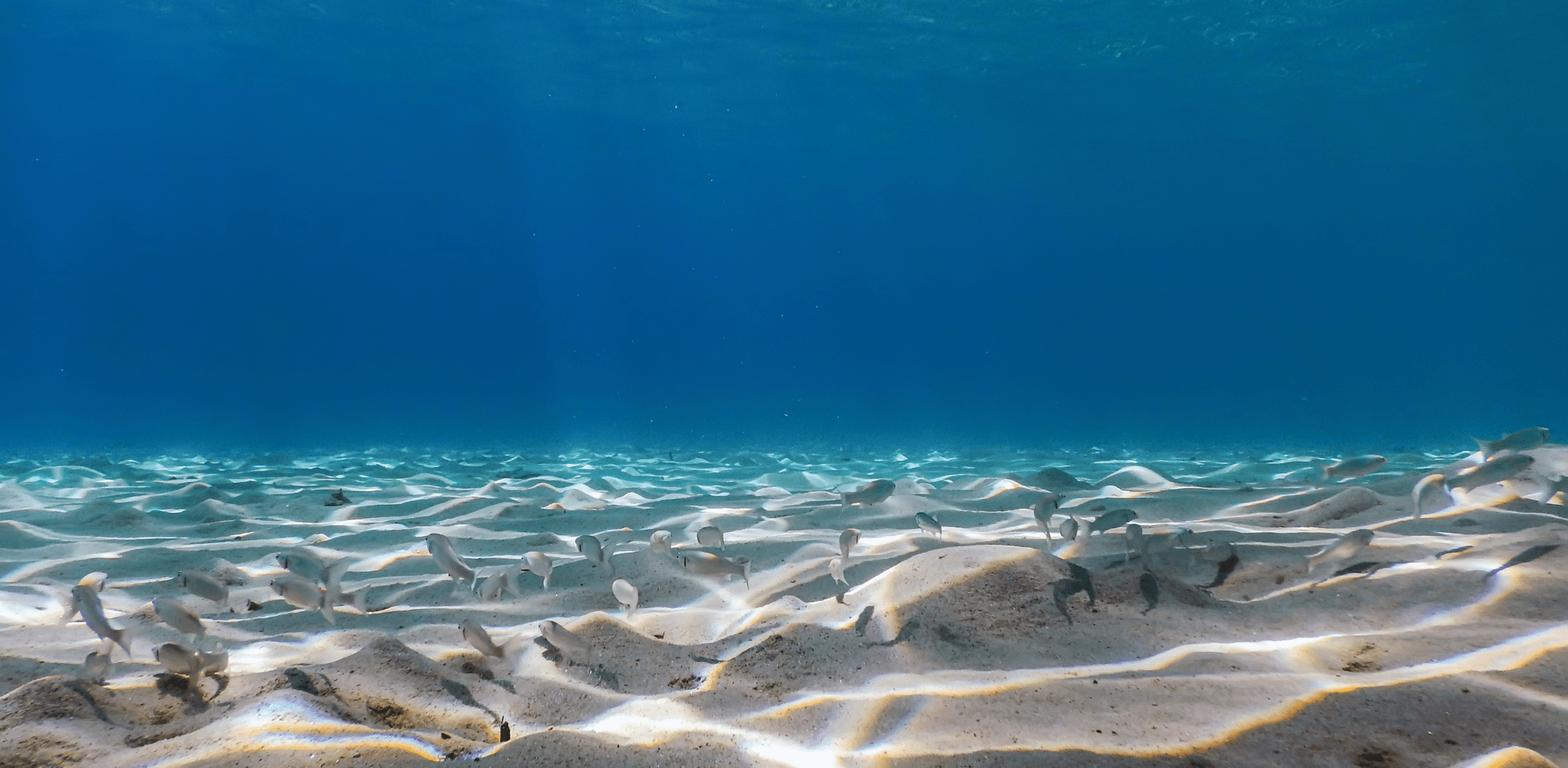 It’s no secret, cooler temperatures welcome an onslaught of fish species. Fish gather in large numbers and actively gorge on huge quantities of white bait that flood the bays and shallow flats. All animals’ species are opportunistic feeders and love an easy vulnerable meal. This is why you will frequently find that the large schools of reds will follow closely behind the schools of jacks and bluefish. They patiently wait, and feed on the scraps and the unfortunate victims that couldn’t escape the wrath and speed of the tenacious jack crevalles. Fall fishing for redfish brings a special time of year for fisherman, the fish move in to feed in massive schools and they aren’t nearly as spooky as they typically would be in the spring months. Therefore, you can get closer and you don’t have to approach as cautiously. This doesn’t mean you shouldn’t approach with stealth. You should have many opportunities to cast to the schools of fish and they SHOULD feed. First signs to look for are birds and bait on the flats. Most of the time there will always be redfish in the vicinity this time of year. Healthy grass flats in approximately 2-3 feet of water is ideal, on super calm mornings, you should be able to see the “push” from a school of redfish. This typically consists of a small wake, approximately 3-5 inches moving across the flat. The idea is not to start chasing the school around with the motor or trolling motor for that matter. Try and pattern the fish to see what they are doing.
It’s no secret, cooler temperatures welcome an onslaught of fish species. Fish gather in large numbers and actively gorge on huge quantities of white bait that flood the bays and shallow flats. All animals’ species are opportunistic feeders and love an easy vulnerable meal. This is why you will frequently find that the large schools of reds will follow closely behind the schools of jacks and bluefish. They patiently wait, and feed on the scraps and the unfortunate victims that couldn’t escape the wrath and speed of the tenacious jack crevalles. Fall fishing for redfish brings a special time of year for fisherman, the fish move in to feed in massive schools and they aren’t nearly as spooky as they typically would be in the spring months. Therefore, you can get closer and you don’t have to approach as cautiously. This doesn’t mean you shouldn’t approach with stealth. You should have many opportunities to cast to the schools of fish and they SHOULD feed. First signs to look for are birds and bait on the flats. Most of the time there will always be redfish in the vicinity this time of year. Healthy grass flats in approximately 2-3 feet of water is ideal, on super calm mornings, you should be able to see the “push” from a school of redfish. This typically consists of a small wake, approximately 3-5 inches moving across the flat. The idea is not to start chasing the school around with the motor or trolling motor for that matter. Try and pattern the fish to see what they are doing.
They are typically going to stay in the vicinity, often times they swim in large circles around the sand bars. If that is the case, let the fish come to you. If you feel the urge to give chase, do so with a push pole to limit noise and vibration. Once the school is within casting distance, try casting a bait in front of them, if the jacks are picking up the baits before the redfish, you may have to cast directly into or behind the school. To really get the fish fired up, throw out handfuls of live greenbacks to chum them up. Once the fish get into their frenzy state, they will practically feed on anything moving that is presented to them properly. Longer rods: 7’ 6” or 8’ will help with longer cast, I like to equip these rods with a 4000 series reel, spooled with 10-15lb braid. The smaller diameter and larger reel will really help the line spring off, so you will achieve longer, smoother cast. I hope these tips help you; if you have anything you would like to add, please do share. Cya you on the water.

